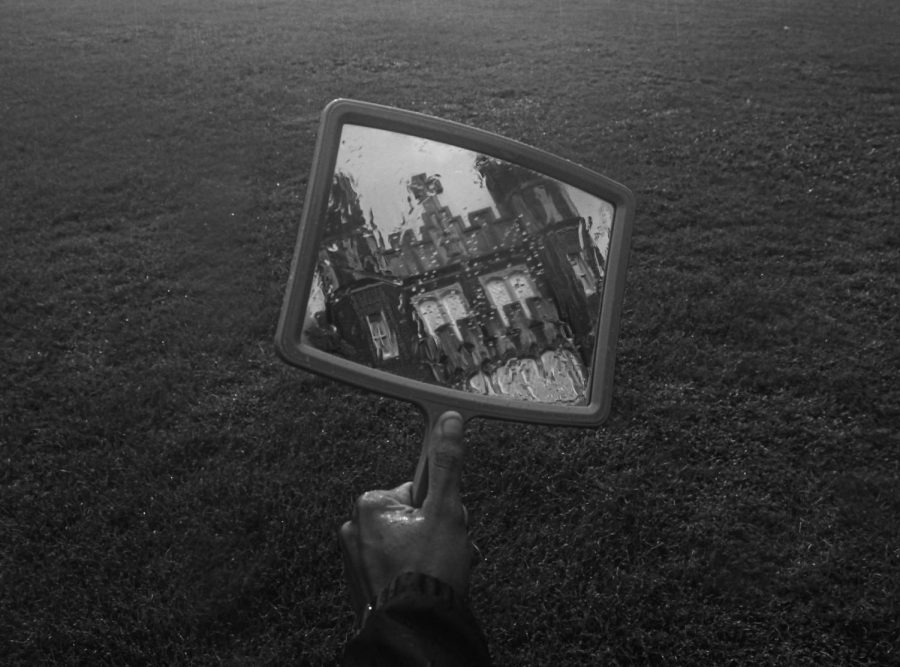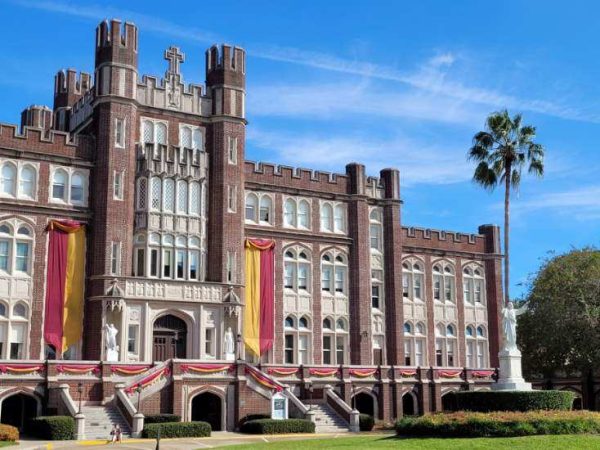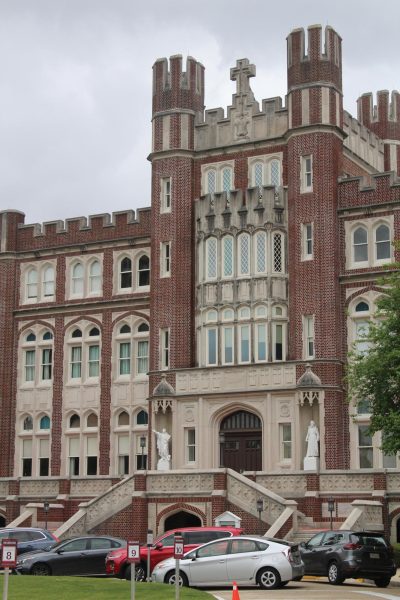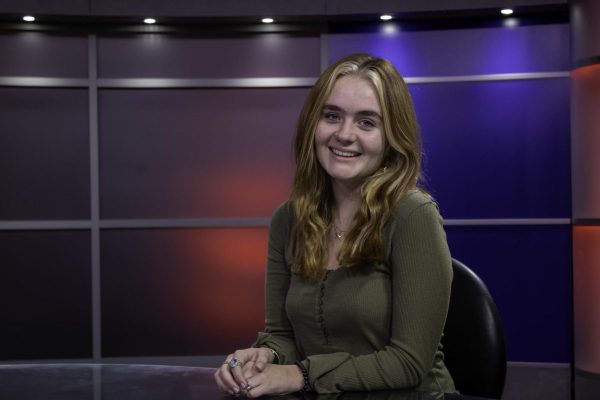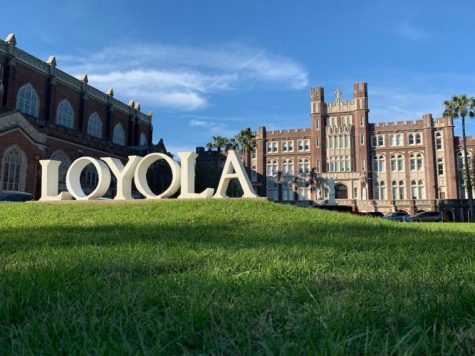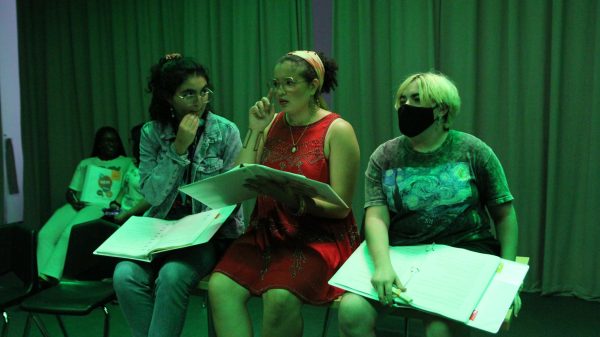EDITORIAL: The board of trustees should mirror the students
Photo Illustration by Hannah Reiton
Loyola’s board of trustees, the university’s highest governing body, is overwhelmingly White, male, and Catholic. For a school that prides itself on student diversity, Loyola’s board of trustees is jarringly monotone.
Out of 34 members on the board, nine are women, and nine are people of color. With such a staggering difference between student and board demographics, the board can’t accurately speak for the needs of its students.
The university’s board of trustees needs to be a reflection of the student body. Over half of the university’s students are from marginalized populations and nearly two-thirds are female bodied.
The experiences of women, gender nonconforming people, and people of color in college are different than that of cisgender White men. It’s difficult for us to place trust in the people who represent the systems that limit us.
The board makes decisions about educational and financial policies. While they only meet four times a year, they hold the future of the university, and its students, in their hands.
At the top of the board is the Jesuit council, eight of Loyola’s Jesuit priests. Because Jesuits, by rule of the church, can only be men, the top positions of the board are, you guessed it, White men. These eight men have the power to overrule the remaining 26 members and vote to dissolve the board.
Loyola has been making some changes to the board, which we do appreciate. They recently appointed young alumnus Benjamin Fields, who is a Black man, to the board. The three most recent members of the board are people of color, but we aren’t satisfied with this. These three members can’t be expected to represent all Loyola students of color.
We want the university to make concrete plans to diversify the board with strict deadlines. University President Tania Tetlow said she isn’t satisfied with the current board demographics, but we haven’t seen any plans to change it.
The university has made strides towards creating a more diverse administration, and this needs to extend to the board. Using the university’s Strategic Plan for Inclusive Excellence as a guide, Loyola needs to create a board of trustees that looks like its students and acts in their favor.
In order for this to be successful, Loyola needs to put a deadline on this – we want to see a board that represents us within six years. The term limit for members is two, three-year appointments, so this gives the board cycles of appointments to make a change.
In this plan, we’d like to see the university advocate for more people of color, women, and gender nonconforming people on the board. We want to see a board that has a gender and racial breakdown that’s similar to that of the students. To streamline this, the university could instate a policy to replace current board members with women, gender nonconforming people, or people of color when their term limits expire.
We’re frustrated that few people look like us in the rooms where decisions are being made.We won’t accept being represented by mostly White men who haven’t experienced university life in 50 years. They represent a Loyola of the past, and we deserve a board that prioritizes the future.
It’s time that the university puts action behind their words. Until they have a solid plan to make changes, discussions about diversity initiatives are just talk.
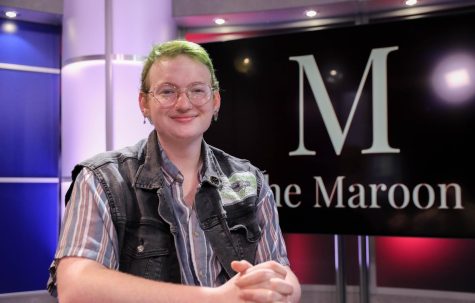
Oliver Bennett is a mass communications journalism and sociology major from Dallas, Texas and Natchitoches, Louisiana. This semester, he’s excited to...
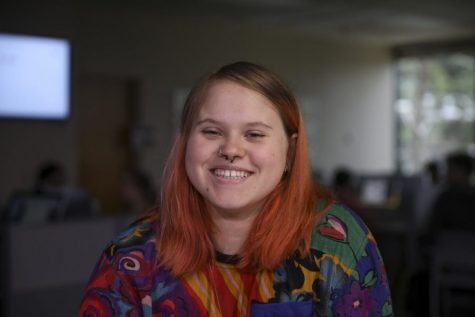
Hannah Renton is a senior visual communication major and is working as Photo Editor this semester. She has previously worked as the Design Chief, Assistant...


